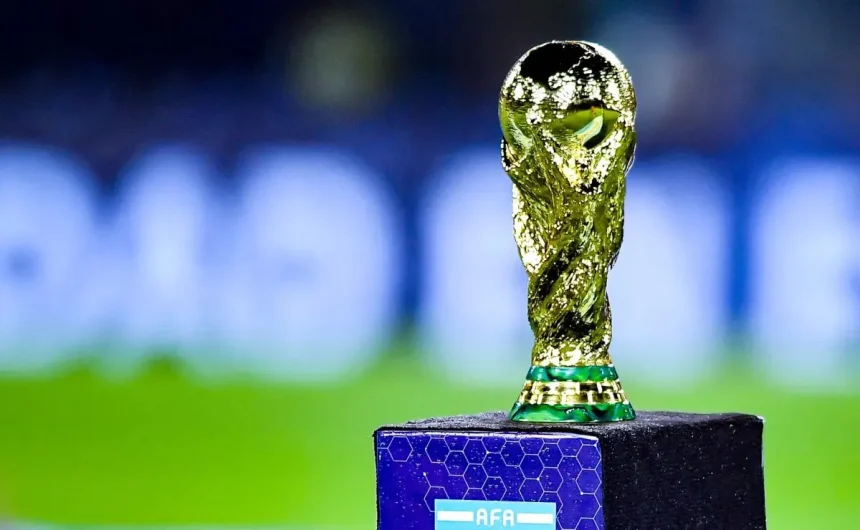The 2026 World Cup is gradually taking shape. The international break in November was a major step in that process, as it determined 42 of the 48 participating teams, as well as the qualifiers for the European and intercontinental playoffs. Now FIFA has reportedly made an important decision.
According to journalist Gaston Edul, FIFA rejected the possibility of changing the number of players each national team can include in their World Cup roster. This means that the current regulations, already officially published by the organization, will remain in place.
Reports over the past few months indicated that coaches from most national teams were interested in expanding the roster size, which would have given them more options when planning each match and making substitutions during games.
However, FIFA’s reported final decision means things will stay the same as in Qatar 2022: each national team will be allowed a minimum of 23 players and a maximum of 26, of which at least three must be goalkeepers.
FIFA President Gianni Infantino.
Formation of the squads for the World Cup
FIFA has published the official regulations for the 2026 World Cup on its website, which establish the rules necessary for the tournament. Regarding roster formation, each national team must submit a provisional list of 35 to 55 players in the weeks leading up to the start of the competition, including at least four goalkeepers.

see also
World Cup 2026: Intercontinental playoff format and matchups for the final two FIFA tournament spots
Then, before a deadline that FIFA has yet to determine, each team must submit its final roster of 23 to 26 players. These players must have been part of the provisional list, except in cases explicitly approved by FIFA.
Can players on the final World Cup roster be replaced?
Once the final World Cup roster is submitted, the general rule is that the 23 to 26 players cannot be changed. However, there are exceptions. If one or more players suffer a serious injury or illness, they can be replaced up to 24 hours before the first match of their national team, subject to examination and approval by FIFA’s medical team.

see also
2026 World Cup playoffs: How did the draw for European teams turn out?
If the player with a medical issue is a goalkeeper, the rules are more flexible. In that case, the team can request a replacement goalkeeper at any point during the competition, depending on FIFA’s medical team evaluation.
In the event of a replacement, the injured or ill player will automatically be removed from the squad, and the substitute will take their jersey number for the remainder of the tournament. In the case of a goalkeeper, the replacement will wear the first available number in their national team. For example, if numbers 1 to 26 are already assigned, the new goalkeeper would wear 27.













